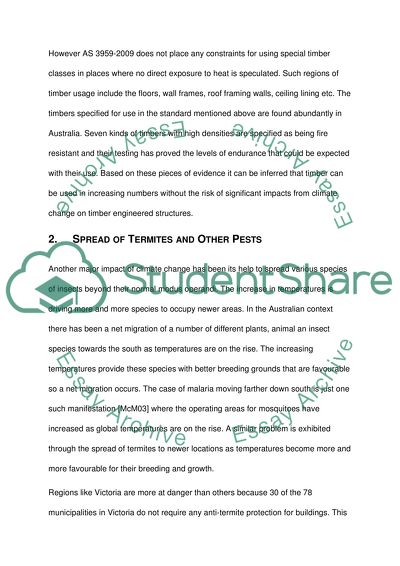Cite this document
(“Impact of climate change on timber engineering structures Research Paper”, n.d.)
Retrieved de https://studentshare.org/engineering-and-construction/1392121-impact-of-climate-change-on-timber-engineering
Retrieved de https://studentshare.org/engineering-and-construction/1392121-impact-of-climate-change-on-timber-engineering
(Impact of Climate Change on Timber Engineering Structures Research Paper)
https://studentshare.org/engineering-and-construction/1392121-impact-of-climate-change-on-timber-engineering.
https://studentshare.org/engineering-and-construction/1392121-impact-of-climate-change-on-timber-engineering.
“Impact of Climate Change on Timber Engineering Structures Research Paper”, n.d. https://studentshare.org/engineering-and-construction/1392121-impact-of-climate-change-on-timber-engineering.


